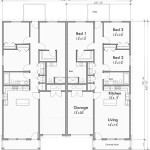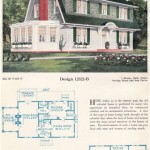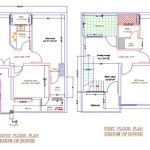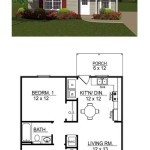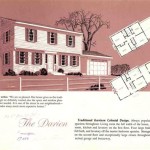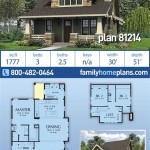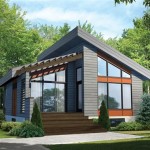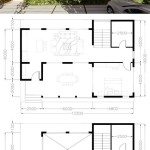Understanding Row Home Floor Plans: Design, Features, and Considerations
Row homes, also known as townhouses, are a popular housing option, particularly in urban areas. Their unique design, characterized by a series of connected dwellings sharing common walls, offers a blend of urban living with a sense of privacy. Understanding row home floor plans is essential for both potential buyers and those interested in renovating existing homes. This guide will explore the typical features, variations, and factors to consider when navigating row home floor plans.
Key Features of Row Home Floor Plans
Row home floor plans have distinct characteristics that set them apart from standalone homes. These features influence the overall design and functionality of the living spaces:
1. Narrow Lots:
The most defining aspect of row homes is their construction on narrow lots. This constraint necessitates a long and narrow footprint, often resulting in a deeper house with fewer rooms compared to a detached home on a wider lot.
2. Shared Walls:
As part of a connected series of dwellings, row homes share walls with their neighbors. This can impact sound insulation and requires careful consideration during construction to minimize noise transmission.
3. Multiple Levels:
To maximize space within the narrow footprint, row homes typically feature multiple levels. This can include a basement, ground floor, and one or more upper floors. The number of levels and their arrangement vary depending on the individual floor plan and the city's building codes.
4. Limited Yard Space:
Row homes generally have limited or no private yard space. Instead, they may offer a small patio or courtyard at the rear of the property. The lack of a large yard is a key consideration for families with children or those seeking extensive outdoor space.
Common Floor Plan Variations in Row Homes
Row home floor plans exhibit a range of variations depending on factors like the age of the home, the architectural style, and the intended use. Here are some typical variations:
1. Traditional Row Homes:
Traditional row homes, often found in older city neighborhoods, typically feature a narrow footprint with a long, rectangular layout. They may have a basement, a ground floor with a living room, dining room, and kitchen, and one or two upper floors with bedrooms and bathrooms.
2. Modern Row Homes:
Modern row homes incorporate contemporary design elements and prioritize open floor plans. They often feature spacious living areas, combined kitchens and dining spaces, and a focus on natural light. The layout may emphasize a connection between interior and exterior spaces, with balconies or terraces.
3. Duplex Row Homes:
Duplex row homes consist of two separate living units stacked vertically. Each unit may have its own entrance and independent access to common areas like hallways and stairs. This layout offers increased density and can be ideal for multi-family living.
Key Considerations for Row Home Floor Plans
Choosing a row home floor plan requires careful consideration of several factors:
1. Space Allocation:
Evaluate how the floor plan utilizes space, particularly the flow between rooms and the relationship between public and private areas. Consider your lifestyle and the needs of all occupants when assessing the layout.
2. Natural Light:
While shared walls can limit natural light, row homes often feature windows on multiple sides to maximize exposure. Assess the window sizes and placement to ensure adequate sunlight throughout the house.
3. Sound Insulation:
Sound transmission between units is a key concern for row homes. Look for floor plans with features that promote sound insulation, such as thicker walls, sound-dampening materials, and strategically placed windows.
4. Architectural Style:
The architectural style of the row home can influence the overall aesthetic and functionality of the floor plan. Consider your personal preferences and the style of the surrounding neighborhood.
Analyzing row home floor plans is crucial for making informed decisions regarding your living space. Understanding the unique features, variations, and key considerations will help you find a row home that perfectly suits your needs and lifestyle.

73 Row House Plans Ideas Design

The Row House Floor Plans Redrawn From Lockwood 1972 P 14 19 And Scientific Diagram

Rowhouse Plans Unique House Floor

Rowhouse Floor Plans

Row House Layout Bing Images Floor Plans

Townhomes Townhouse Floor Plans Urban Row House Plan Designers

Floor Plans Our Philly Row

Modern House Plans By Gregory La Vardera Architect Row Concept Looking Back

Urban Loft Townhomes Modern Row House Townhouses Floorplans Home De Town Floor Plan Narrow Lot Plans

Urban Townhome Floor Plans Town House Development Row Construc

